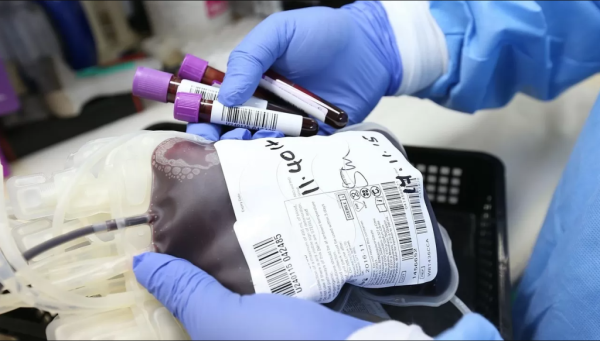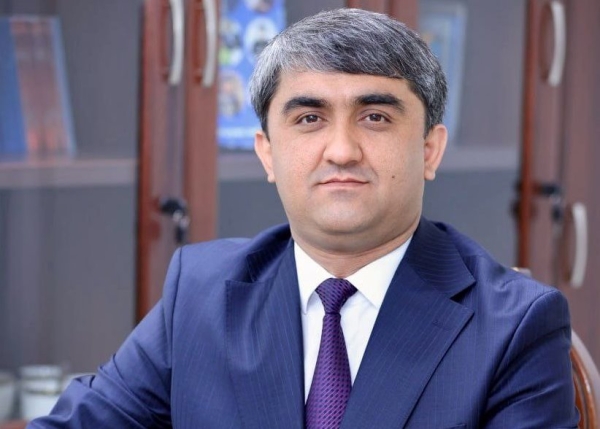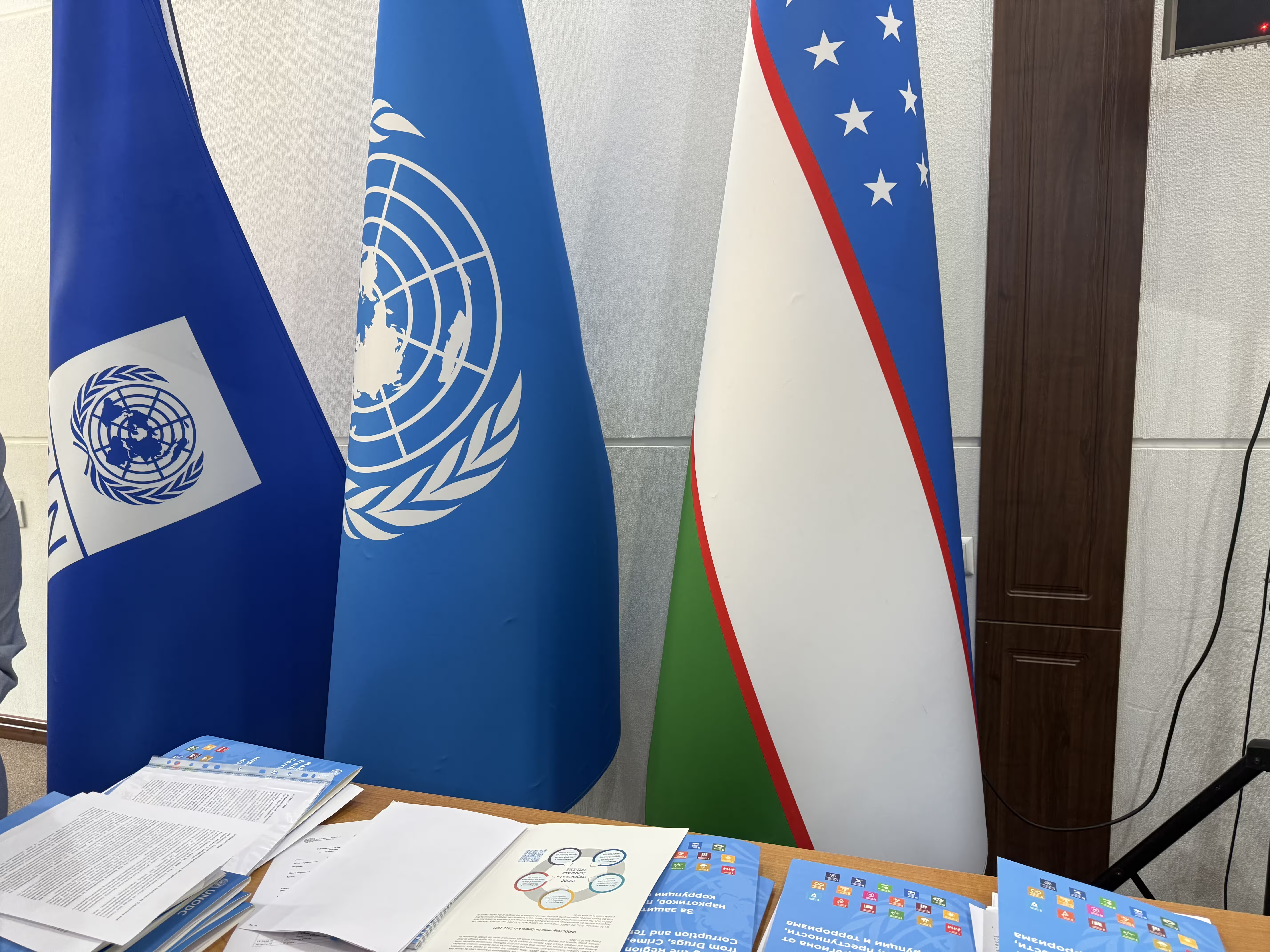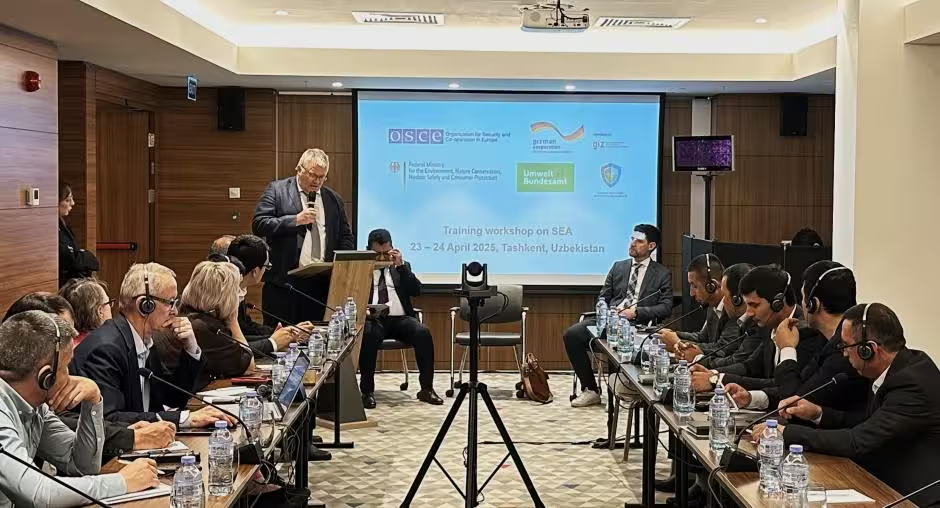
Asia-Plus news agency discussed all the issues faced by people with hemophilia with the head of the Hemophilia Patients' Public Organization of Tajikistan, Najib Azizi.
Hemophilia is a rare and serious inherited blood clotting disorder caused by a mutation in the X chromosome. The disease affects the ability of blood to clot, meaning that people with hemophilia experience prolonged bleeding compared to healthy individuals.
In Tajikistan, 820 people are registered with hemophilia and von Willebrand disease (a blood disorder characterized by spontaneous bleeding similar to hemophilia), of whom 376 are children and 444 are adults.

Najib Azizi
Critical shortage of blood clotting factors
According to Najib Azizi, despite no fatalities among hemophilia patients in 2024, this group of patients remains at risk.
To provide first aid, they need an adequate supply of clotting factors VIII and IX, but the shortage of these factors is the main problem for hemophilia patients in Tajikistan.
Clotting factors are substances in blood plasma and platelets that ensure blood coagulation. Most clotting factors are proteins, and they also include calcium ions and some low-molecular organic substances.
When there is a shortage of one of the clotting factors, the patient needs to receive preparations containing these factors, which can be obtained either from donor blood or synthetically.
In 2018, the Hemophilia Patients' Public Organization in Tajikistan became a member of the World Federation of Hemophilia (WFH) and the European Hemophilia Consortium (EHC). Since then, ties have been established with the International Hemophilia Federation, which has sent humanitarian aid to the country 14 times in the form of medications, including clotting factors VIII and IX.
As for the government, Tajikistan allocated funds to purchase clotting factors VIII and IX, ranging from 1 to 2.5 million somonis. However, Azizi says this amount is very insufficient.
“In other countries, clotting factors are purchased on a per capita basis in international equivalents. For example, in Russia, this amounts to 8 IU (International Units), in Kazakhstan – 5 IU, in Uzbekistan and Kyrgyzstan, 3 IU – 2.5 IU, respectively. We hope that in the next two years, the volume of clotting factor purchases in Tajikistan will reach at least 1 IU per capita," said Azizi in an interview with Asia-Plus.
1 IU is a standard used to measure the amount of active substance in a preparation, in this case, in blood clotting factors. These factors are necessary for the treatment of hemophilia as they compensate for the lack of clotting components in the patient's blood.
"If Tajikistan buys at least 1 IU per capita, this would amount to 10 million doses. If we divide this dose by 820 hemophilia patients, each patient would receive 12,196 IU. This is very little, as treatment for a 70 kg patient usually requires 30,000 to 35,000 IU per month. If we multiply this by 12 months, the treatment for one patient for a year requires 360,000 to 420,000 IU," Najib Azizi explains.
Thus, to treat one patient for a year, 420,000 doses are needed, which is equivalent to the dose for 420,000 people. This means, he says, that with such a purchase volume, only children under 8 years old could receive prophylactic treatment, and the remaining doses could be used for more severe cases. Patients in Tajikistan cannot buy the medications on their own—they are too expensive. For the same reason, they are not available in regular pharmacies as pharmacists simply do not stock them.
Treatment safety issues
Instead of clotting factors, the government provides all hemophilia patients with cryoprecipitate and plasma for treatment. However, there is a risk of infection with diseases like HIV and hepatitis when receiving these blood components, Azizi says.
"This risk arises because blood collection and processing can lead to infection, even with modern purification methods.
Hemophilia patients do not have an increased risk of infection in general, but the risk of infection is associated with receiving blood components, which could be contaminated despite being screened for viruses," he explains.
Azizi emphasizes that factor treatment, unlike plasma, does not carry such risks, as purified preparations are used that do not contain viral infections, significantly reducing the risk of contamination.
Need for a blood bank for hemophilia patients
Another issue is the shortage of certain blood groups.
"Sometimes, we patients are told at the Blood Center that we need to bring donor blood, but where can we get it, especially if everyone in my family suffers from this disease?"
This issue must be addressed because hemophilia patients need blood. It is provided for free at the Blood Center because the Ministry of Health has allocated funds for patients," continues Najib Azizi.
He explains that when hemophilia patients need blood, it is not ordinary donor blood, but a special preparation containing the necessary clotting factors.
These factors are added to the patient's blood through an IV drip. The problem is that sometimes there is a shortage of donor blood, and it is especially difficult to find suitable donors among relatives.
But there is a solution—blood factor preparations need to be stocked so that patients are not dependent on donors and have access to the necessary substances.
The problems do not end here. There is also a shortage of specialists. According to Najib Azizi, hematology departments for adults and children are only available in Dushanbe and the Sughd province. In Khatlon and the Gorno-Badakhshan Autonomous Region (GBAO), there is not a single hematologist, and thus, there are no specialized departments.
Organization's activities
The head of the public organization himself suffers from hemophilia. He lost two brothers to the disease when there were no conditions for proper treatment and necessary medical supplies in the country.
Azizi emphasizes that it is crucial for citizens to be aware that every hemophilia patient in the country has a special passport that they always carry. This passport contains important recommendations.
For example, in an emergency situation, if the patient becomes ill and emergency services are called or the patient is taken to the hospital, medical workers and even ordinary people must know that the patient has hemophilia.

The Hemophilia Patients' Public Organization's main goal is to improve the availability of medications for patients. However, the Ministry of Health buys the treatment medications. This cooperation is crucial to provide patients with the necessary resources, which helps prevent disability in the new generation and ensures timely and effective treatment for hemophilia patients.
Another important part of the organization's activities is legal support for citizens in the field of healthcare, assistance in developing and implementing programs and standards for diagnosing, treating, and rehabilitating hemophilia patients, and supporting patient registration.
A key area is providing legal help to families of patients and coordinating regional hemophilia organizations throughout the republic.
The organization also provides sanatorium and spa treatment, organizes trips, celebrations, and other events for hemophilia patients.




